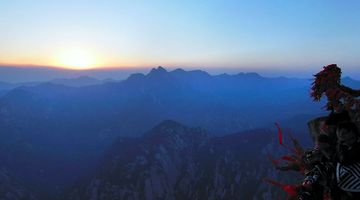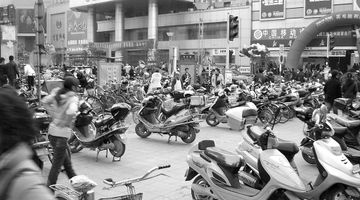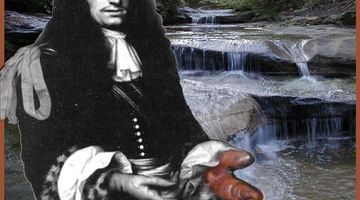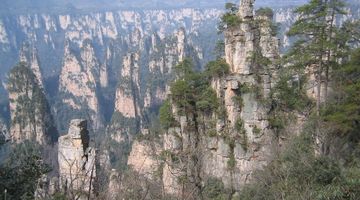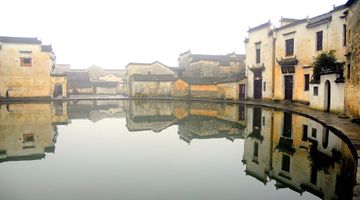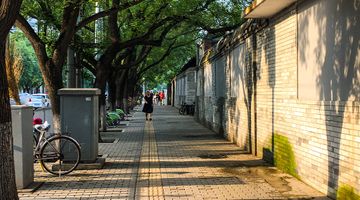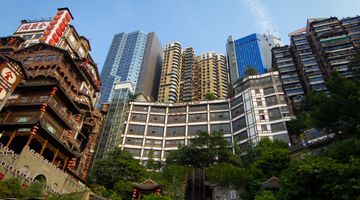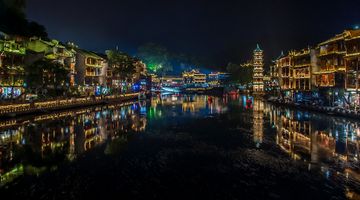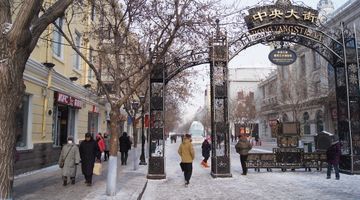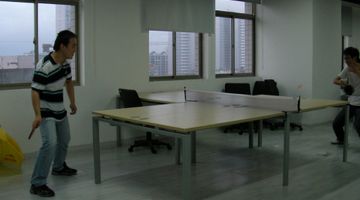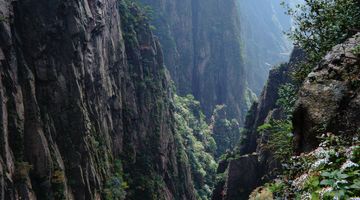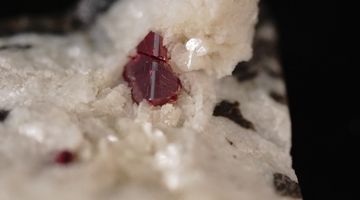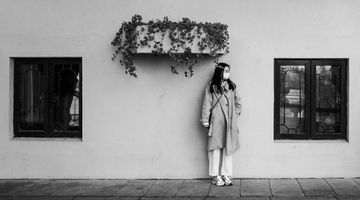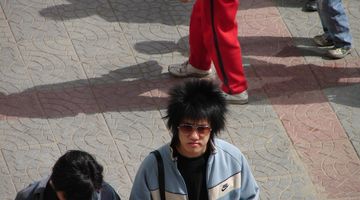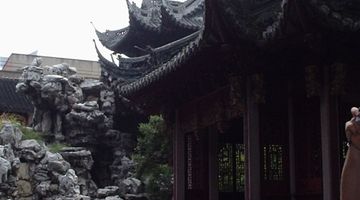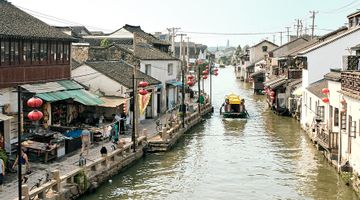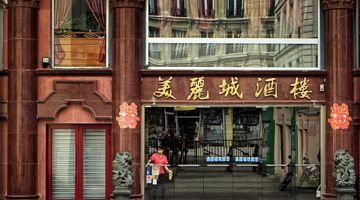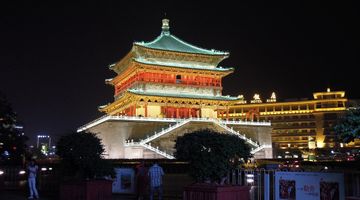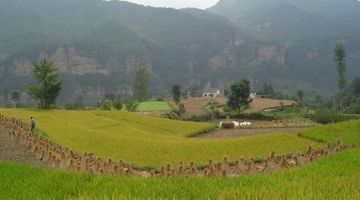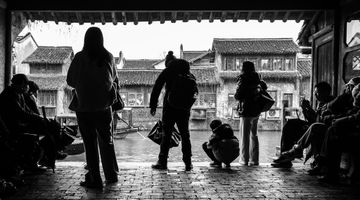Terracotta Army – Essential Information for Your Visit
About the Terracotta Army
The Terracotta Army is a huge collection of figures that depict the armies of the first Emperor of China, Qin Shi Huang. It was placed close to the emperor’s mausoleum when he died in 210BC. The purpose of the army was to protect him in the afterlife.
The figures were not discovered until 1974 by some local farmers in the Lintong district of Xi’an in Shaanxi province in north central China. The tallest figures including the generals are the most important, included in the army are terracotta warriors, chariots and horses. The three pits that have been discovered hold more than 8000 soldiers, 520 horses pulling 130 chariots and another 150 cavalry horses.
How to get to the Site of the Terracotta Warriors
The location of the Terracotta Warriors is approximately one hour travel time from the city centre of Xi’an. There are several options of how to get there from Xi’an. Tourist bus line 5 (306) operates from the east square of the railway station, it takes about an hour on a direct bus and costs CNY7. Bus 307 begins at the City Wall Bus Station and stops at several attractions in the city before going to the site. This bus takes about 90 minutes and costs CNY8. If you prefer to take a taxi this will take 40 or 50 minutes and will cost around CNY150.
Directly from the Airport
If you plan to visit the Terracotta Warriors directly from Xi’an Airport then you can take a shuttle bus to Xi’an Railway Station then follow the instructions above. Another option is to take a shuttle bus from the airport to Lintong, then bus number 101 to the site entrance, this will take in total one hour and 20 minutes. A taxi directly from the airport takes just over one hour and will cost CNY200.
Shuttle buses from Xi’an North Railway Station
There are several shuttle buses that operate between the north railway station and the museum entrance with the journey taking about one hour. A taxi over this route will cost CNY160.
Which is better, a Package Tour or Independent Travel?
I have often heard the debate between independent travel and booking through a tour. There are advantages and disadvantages to each option and usually it comes down to the wishes and needs of each traveler. Booking through a tour will cost you more, but you merely have to arrive or be met at a prearranged time and then everything is organized for you, the disadvantage to this in my opinion is you are trapped in that group and herded around the attraction together. Travelling independently can cause a few problems particularly with communication in China. Do a little preparation and it is much easier than you imagine. Independent travel is probably not a good option at peak times but doing anything at the peak travel time in China is not a good idea.
By travelling independently you are free to spend as long or as little time at each individual section of the attraction as you wish to and as long as you are in time for the last bus it should not be a disadvantage, and a great way to meet other independently minded people.
Terracotta Army Tickets and Opening Times
The ticket price from March until November is CNY150 per person, during the off season of December through to February it costs CNY120. You can rent an audio guide it costs CNY40 with a returnable CNY100 deposit (highly recommended). During the high season March 16th until November 15th it is open every day from 8.30am until 6pm, and the low season opening hours are from 8.30am until 5.30pm. You should allow at least half a day for a visit.
(There is a circular screen theatre in the museum that was closed for renovation from August 2017 and I could not find when it is due to reopen).
Terracotta Army Facts
There are several interesting facts surrounding the Terracotta Army, one is that the horses were all saddled showing that the saddle had been invented before the arrival of the Qin Dynasty.
When was it built
It was built more than 2200 years ago. Construction began in 246BC when Qin Shi Huang ascended to the throne aged just 13.
Why was it built
The Terracotta Army was built as an afterlife army to help the Emperor after his death. It was believed that statues came to life when entering the afterlife world.
Who Built and How Long did it take to build the Terracotta Army
An estimated 700,000 labourers were employed over a period of 40 years to complete the statues and tomb complex. The emperor ordered the construction of his elaborate mausoleum immediately after ascending to the throne in 246BC. Construction ended in 206BC, 4 years after his death and the start of the Han Dynasty.
The World’s largest Burial Complex
It has been described as being the largest burial complex in the world, yet it was unfinished. A fourth pit was discovered close to the three main pits and this was empty suggesting the elaborate project was abandoned some time after the emperor had died.
Effective and Powerful, but Cruel
Qin Shi Huang was able to unify several provinces under one central government with its capital at Xianyang (modern day Xi’an). This was after a period of 200 years of conflict during the Warring States Period. The stability he enforced allowed great advances in the political system, to economics and culture including an introduction of a written script.
He was also known for being a brutal leader, ordering the death of anyone that opposed his ideas. The building works he ordered would see many deaths among the labourers employed to build them. Officials were also sacrificed to preserve the location of his tomb after his death.
None of the Soldiers in the Terracotta Army Look Alike
Each soldier has their own distinctive features. They were made using molds in an early system of an assembly line with eight different molds used for the heads. Additional facial features were then added to create individual characteristics for each figure.
Preservation Techniques Ahead of Their Time
The weapons found in the pits contain 40,000 bronze items that include battle axes, crossbows, arrows and spears. These weapons are all well preserved despite being over 2000 years old. They used protective chrome plating that shows how advanced Chinese metallurgy was at that time. Similar techniques were not used in Germany until 1937 or until 1950 in the USA.
The Tomb itself is Undisturbed
It has been more than 40 years since the tomb and the Terracotta Warriors were discovered and less than 1% of the tomb has been excavated. The initial fears were of damage to the corpse and its artifacts which later became safety concerns for anyone involved in the excavation project. A first century Chinese historian claimed streams of mercury were inlaid into the floor to simulate streams running through the tomb. In 2005, 4000 samples were taken from the burial mound and all came back with highly positive readings for mercury. Debate continues, but for now there are no plans to excavate the tomb.
How was it Discovered
Some local farmers were digging a well in 1974 and one of the world’s biggest discoveries was made purely by chance after lying buried underground for 2200 years. The initial discovery led to Chinese archaeologists to investigate the site further and what you can see today was revealed.
There is Possibly Much More to Come
The area uncovered so far is just a fraction of the total area believed to hold terracotta figures. Excavation and restoration projects continue and will do so for many years to come. It is unknown how many more terracotta figures there are still to be discovered.
Annually it Attracts Millions
The world famous site attracts millions of tourists every year. It is especially busy at the weekend and on Chinese holidays. During the National Day holiday (the first week of October) it receives around 400,000 visitors, with around 5 million visitors during the year.
What Things Can You See at the Terracotta Warrior Museum
There are two areas to the museum and you should allow at least 2 hours or more at each. The museum of the Qin Terracotta Warriors and Horses contains three pits as well as the Bronze Chariots and Horses Exhibition Hall. Pit one is the largest it was the first to be discovered in 1974 and first opened to the public on October 1st 1979. It measures 230m x 60m with more than 6000 terracotta warriors and horses although only 2000 are currently displayed. It is a massive display of infantry heading into battle together with their war chariots. The second pit was first unearthed in 1976. It is 20m to the northeast of the first one and holds the most spectacular display of infantry soldiers, a crossbow team, cavalry and 80 battle chariots. It measures 96m x 84m. The third pit also discovered in 1976 and 25m to the northwest of the first pit is a command post with 68 warriors and a single chariot being pulled by four horses. It is the smallest of the three pits measuring 21m x 17m. The Exhibition Hall of the Bronze Chariots is home to the world’s largest collection of ancient bronze artifacts. You can see the intricate detail of each carriage. They each weighed 1234kg and had 3400 parts. They contained 1720 pieces of gold and silver ornaments.
The second area of the museum is the Qin Shi Huang’s Mausoleum Site Park; this is in Lishan Garden and contains the centerpiece being the burial mound of the mausoleum. There are several accessory pits which include one containing figures of official civic members. Another pit contains acrobats while another two pits that are still being excavated contain aquatic birds including cranes, ducks and other waterfowl. The second yet to be opened pit contains armour and helmets. Other figures that you can see include musicians and concubines. It is believed that the emperor wanted the same extravagances to accompany him into the afterlife as he had whilst living.
Terracotta Warriors Exhibitions Outside of China
The Terracotta Warriors have featured in several exhibitions outside of China but they are temporary exhibitions and nothing is left on a permanent display.
London housed an exhibition from 2007 until April 2008; this made it the British Museum’s most successful year to date. Opening hours had to be extended to allow the huge numbers to view the exhibition and still people were turned away. That exhibition had 120 objects and 12 warriors on display. In February 2018 a Terracotta Warrior exhibition returned to the UK for the first time in over ten years with an exhibition held in Liverpool until 28th October 2018.
Other cities that have held exhibitions in the past include Barcelona and Madrid. Several North American cities hosted the exhibition for short periods during 2010, a tour was also held in India during 2011. The display returned to the USA during 2017, taking in several cities.


